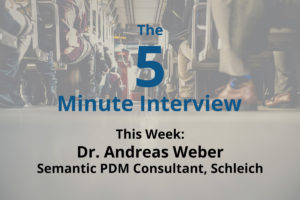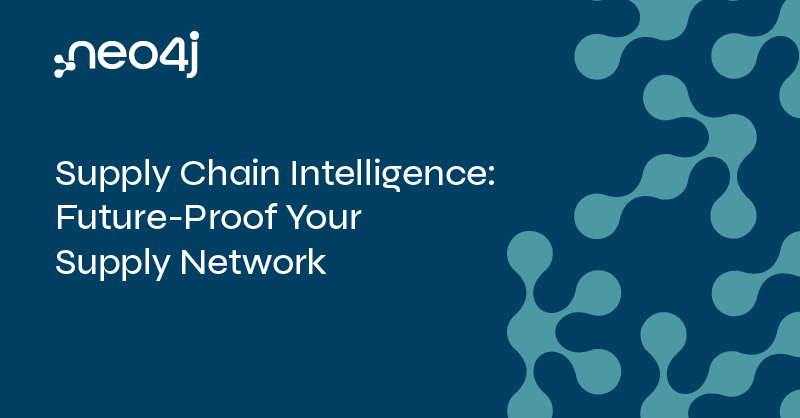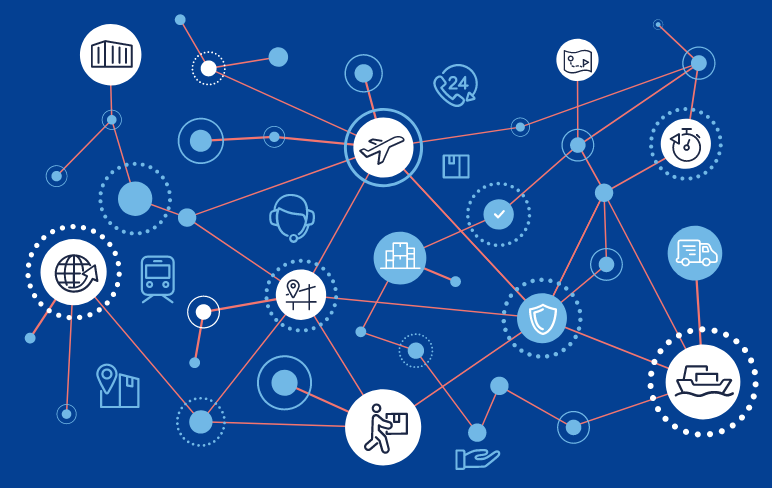The 5-Minute Interview: Dr. Andreas Weber, Semantic PDM Consultant, Schleich

Editor-in-Chief, Neo4j
3 min read

For this week’s 5-Minute Interview, I chatted with Dr. Andreas Weber, the former Vice President of Operations at Schleich and now an independent semantic PDM consultant in Germany. I caught up with Dr. Weber at GraphConnect Europe.
Here’s what we discussed:
Talk to me about how you used Neo4j at Schleich.
Dr. Andreas Weber: Schleich uses Neo4j as the basis for its product data management (PDM) system. With Neo4j, we use Structr as a framework to build the user interface. This allows us to collect all the data produced during the manufacturing process in factories around the world and easily answer any questions that come up regarding the product.
Why did Schleich choose Neo4j?
Andreas: We started this project about three and a half years ago with a different company, but the software was far too encapsulated to be effective. Then I learned about Neo4j — this cutting-edge graph database that provided a flexible platform and allowed for things that weren’t possible with our previous software. Around a year ago, we decided to move all of our data into this new data model, and went live in November of last year.
What are some of the most surprising or interesting moments you’ve had with Neo4j?
Andreas: It’s stable, and it’s fast. Of course we had to improve our data model when we transferred it from the old system. We had to do some refactoring to adapt it to Neo4j and really bring the best out of the system. But the user interface was fast, and now Schleich uses the Structr and Neo4j system across departments including quality control and product management. It’s also used by our engineers and chemists to track the chemicals we use in our products, a requirement of various governments.
With everything you now know about Neo4j, if you could go back to when you first started using a graph database, is there anything you would do differently?
Andreas: Rather than trying to move our old data model into the Neo4j system, I would have started from scratch and remodeled our data entirely. This is what I would recommend to any other company thinking about switching to Neo4j: Take your time, think about the language your company uses and build up your own data model.
Of course, the majority of your data model may be similar to that of another company, but there’s usually at least 20 percent of your model that is customer-specific, which is also company-specific in terms of language, wording and user interface.
Any closing thoughts you’d like to share?
Andreas: I did my doctorate 25 years ago, and my focus was on three-dimensional tolerance analysis, so I thought a lot about the relationships between objects. Now, we have a graph database which mirrors exactly the data model I taught 25 years ago. It’s so exciting to see what’s possible right now.
Want to share about your Neo4j project in a future 5-Minute Interview? Drop us a line at content@neo4j.com
Curious about how to use a graph database for product data management (PDM) or master data management (MDM)? Click below to download this white paper, Rethink Your Master Data: How Connections Will Define the Future of MDM, and learn how to leverage data relationships for better MDM.









